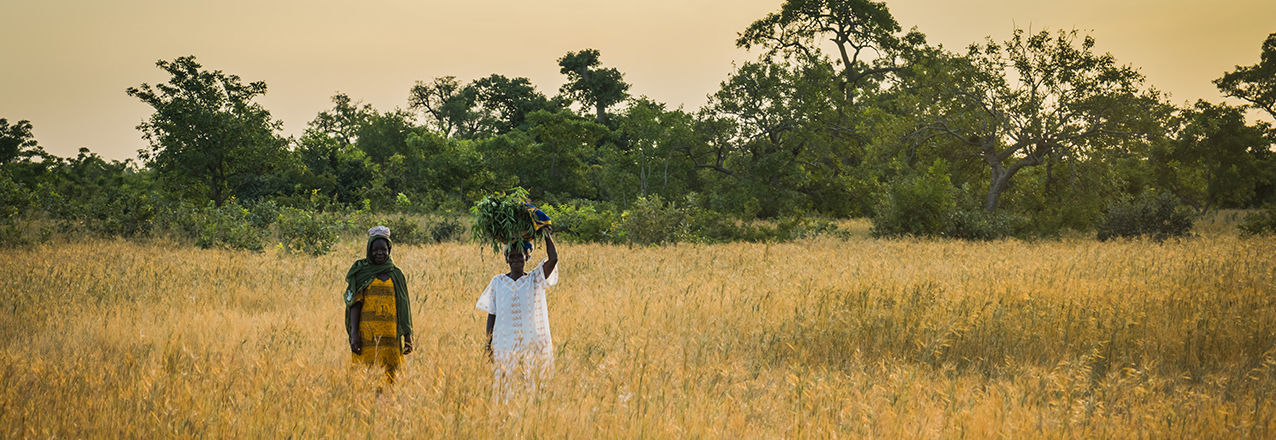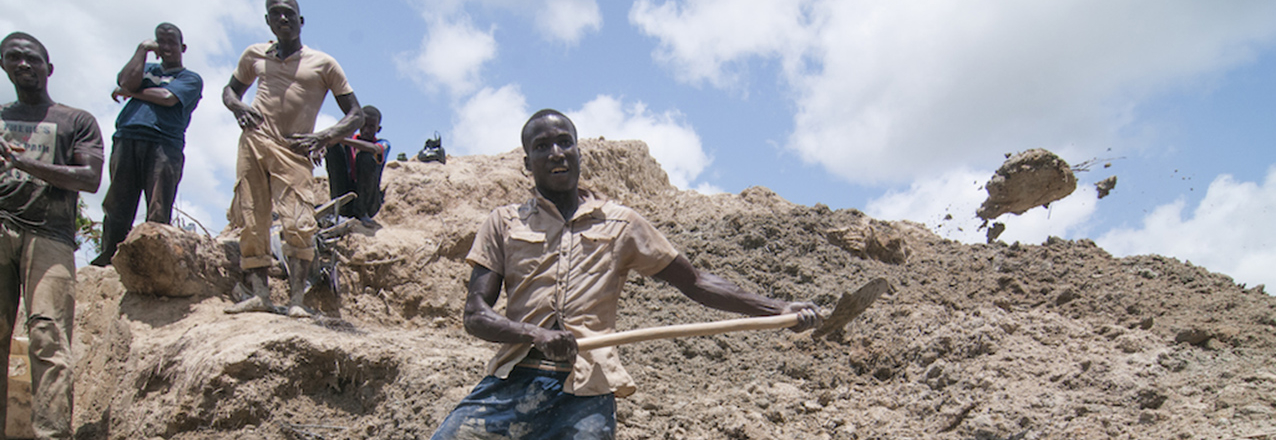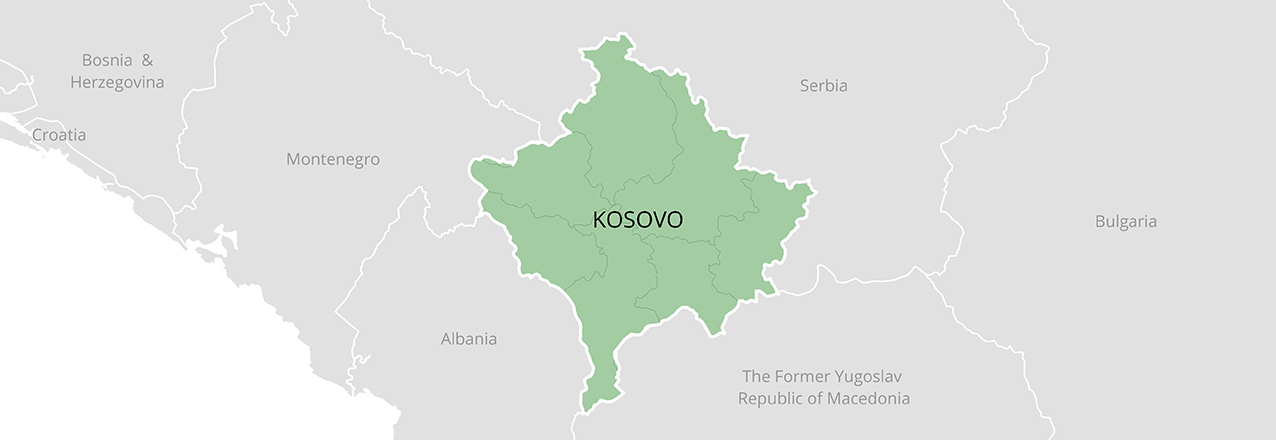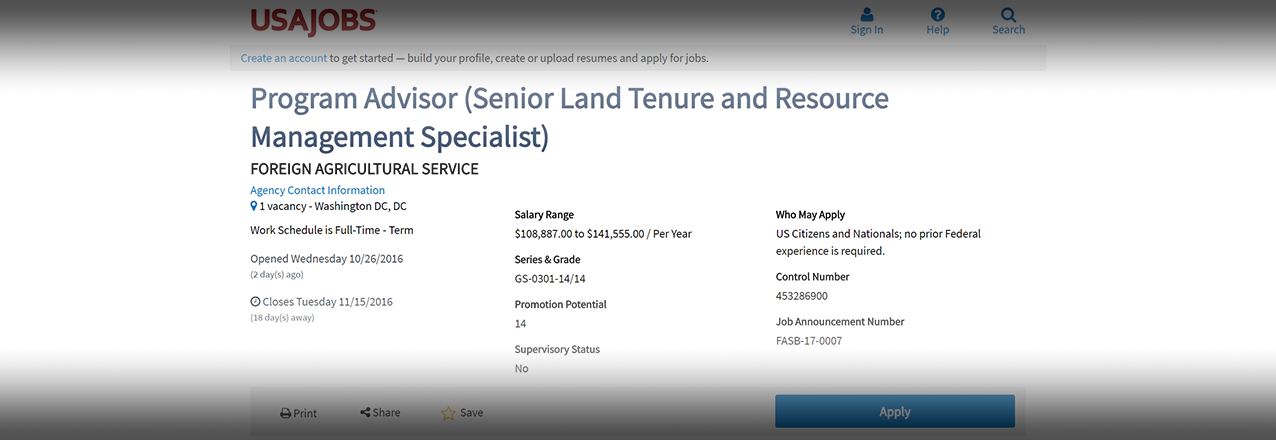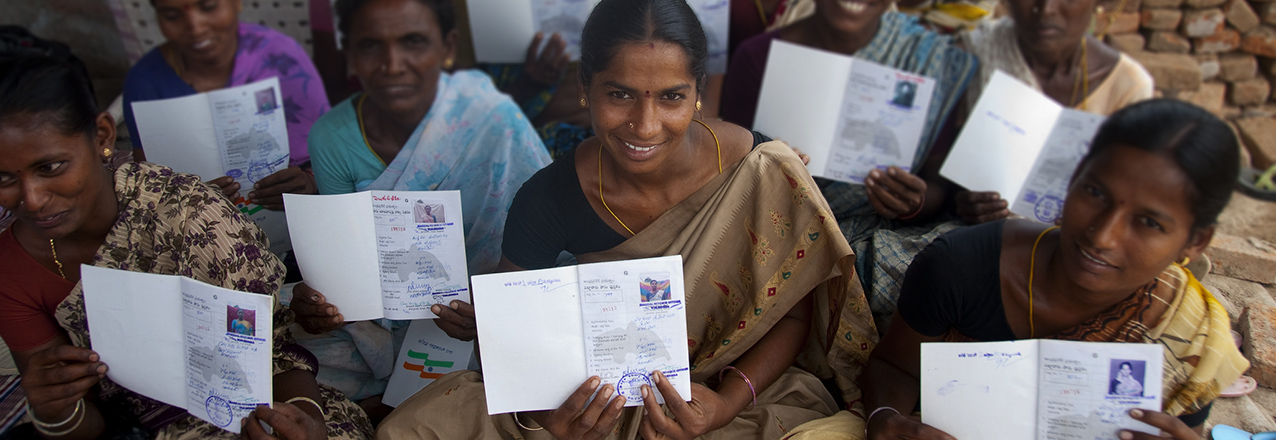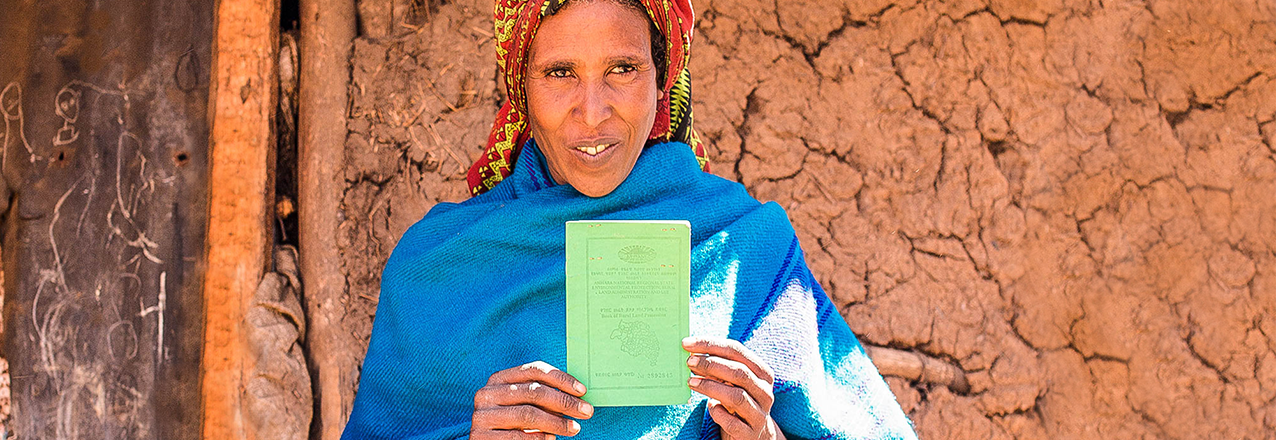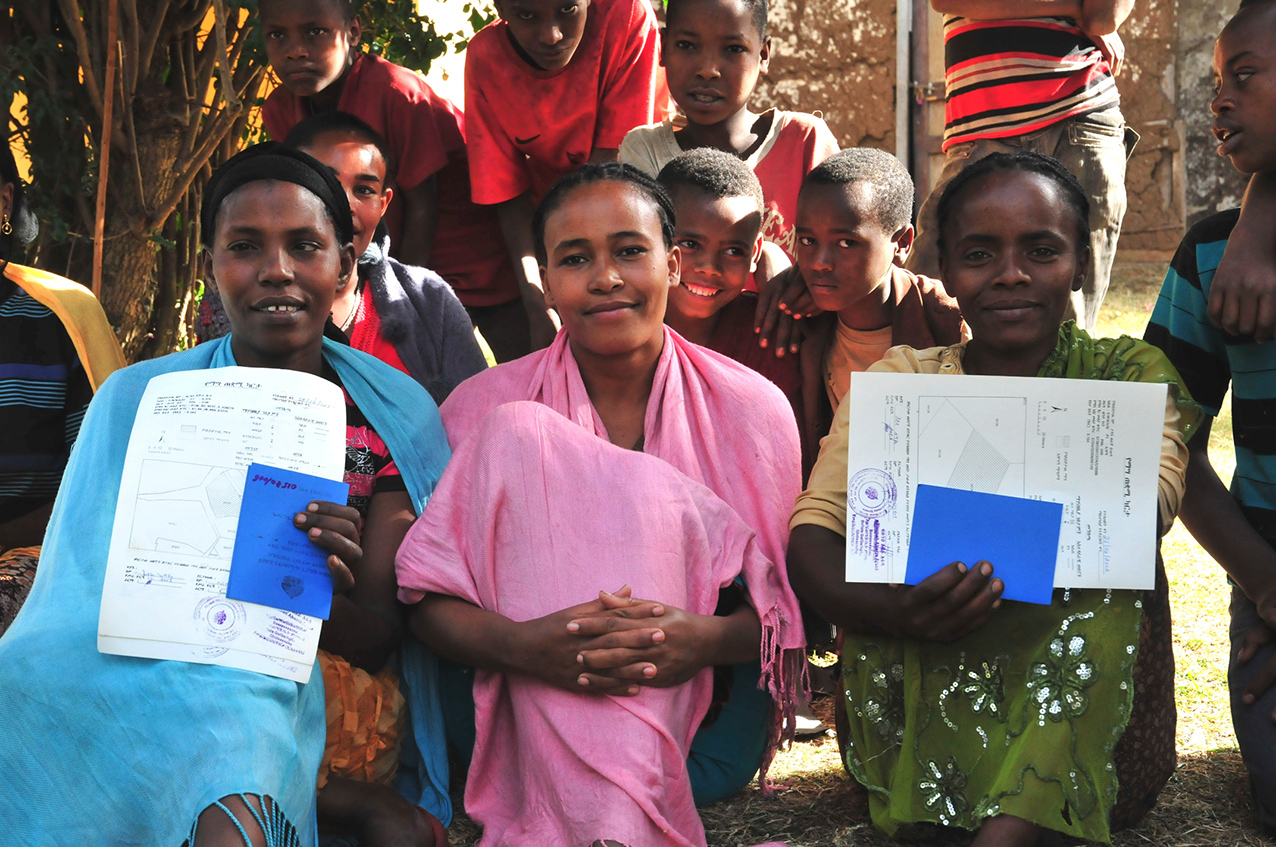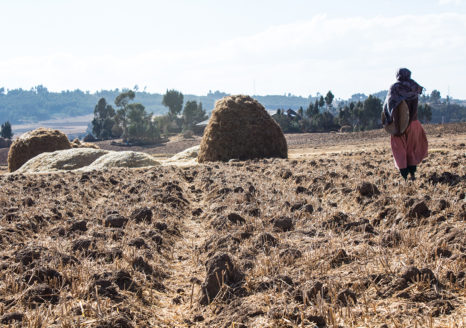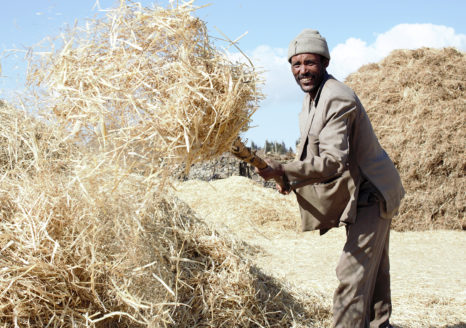Here are the recent land tenure and resource management media items:
Upcoming Events
- IIED webinar: Using community by-laws to secure customary land rights in Kenya (11/16/16)
Source: IIED - Webinar on the Land Portal’s New Thematic Portfolios (11/17/16)
Source: The Land Portal
COP22 / Climate Change
- Who owns this land? A question that matters for climate change and COP22 (11/10/16)
Source: Devex - Indigenous land rights: A cheap and effective climate change solution, just in time (11/4/16)
Source: Ford Foundation blog - Amazonians call on leaders to heed link between land rights and climate change (11/4/16)
Source: The Guardian
Reports / Publications
- FINAL DRAFT: Tenure Responsive LUP – A Guide for Country Level Implementation (11/9/16)
Source: GLTN
Global
- Video: Land and Urban Development Challenges in the Social and Economic Development of the Global South (11/6/16)
Source: Land and Property Network / YouTube - Indigenous peoples given interactive map to help secure land rights (11/10/16)
Source: Thomson Reuters Foundation - Photo Essay: Run the World – Six countries’ efforts to drive adaptation action through gender equality in leadership and equitable control over resources (11/4/16)
Source: UNDP / Exposure
Africa
- Mali: Rainfall, grazing, families and land in Dlonguebougou (11/9/16)
Source: IIED - Zimbabwe: EU Worried By Fresh Wave of Land Seizures (11/10/16)
Source: Financial Gazette / AllAfrica
Americas
- How Colombia’s Failed Peace Treaty Could Wreak Havoc on Its Diversity-Rich Ecosystems (11/4/16)
Source: Smithsonian Magazine - Mexico: U.N. Supports Indigenous Land Rights in Mexico’s Mining Plans (11/10/16)
Source: The Costa Rica Star
Asia
- Cambodia: Domestic violence rife amid Cambodia land conflicts – rights group (11/10/16)
Source: Thomson Reuters Foundation
Pacific
- Malaysia: Kelantan Forestry Department issues ultimatum to orang asli activists (11/11/16)
Source: The Star Online - Palm oil’s green body comes under fire from activists (11/7/16)
Source: Reuters


